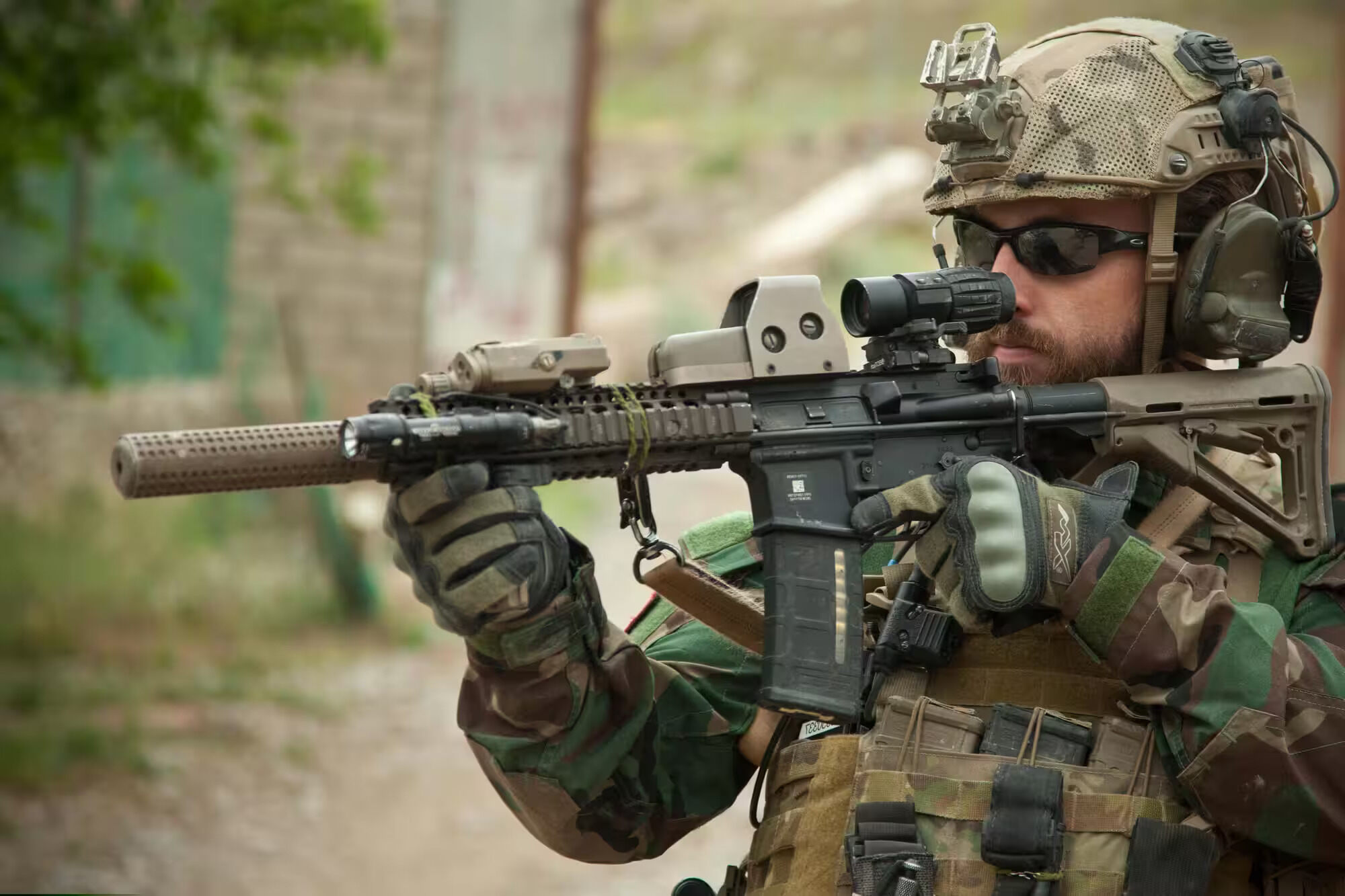
Infantry weapons have shaped the course of history, from ancient times to modern warfare. These tools of battle have evolved, reflecting advancements in technology and strategy. Ever wondered how a simple spear transformed into sophisticated firearms? Or why certain weapons became iconic symbols of their eras? This blog post dives into 23 intriguing facts about infantry weapons, shedding light on their development, impact, and the stories behind them. Whether you're a history buff, a military enthusiast, or just curious, these facts will provide a deeper understanding of the tools that have defined countless battles. Ready to learn more about the fascinating world of infantry weapons? Let's get started!
Key Takeaways:
- Infantry weapons have come a long way, from ancient spears to modern assault rifles. They have shaped history and warfare, revolutionizing combat tactics and strategies.
- The evolution of infantry weapons reflects the advancement of technology and the changing nature of warfare. From bows and arrows to smart rifles and drones, these weapons continue to play a crucial role in military operations.
The Evolution of Infantry Weapons
Infantry weapons have evolved significantly over centuries. From simple tools to advanced firearms, these weapons have shaped history and warfare.
- Spears were among the earliest infantry weapons, used by ancient civilizations for hunting and combat.
- Bows and arrows revolutionized warfare by allowing soldiers to attack from a distance.
- Crossbows offered more power and accuracy than traditional bows, becoming a staple in medieval armies.
- Swords like the Roman gladius were essential for close combat, prized for their versatility and effectiveness.
- Pikes were long spears used by infantry to counter cavalry charges during the Renaissance.
Firearms and Their Impact
The invention of gunpowder led to the development of firearms, changing the face of warfare forever.
- Matchlock muskets were the first firearms to use a trigger mechanism, making them easier to operate.
- Flintlock muskets replaced matchlocks, offering more reliability and faster reloading times.
- Rifles with grooved barrels improved accuracy and range, becoming the primary infantry weapon by the 19th century.
- Bayonets allowed soldiers to use their rifles as spears in close combat, combining the benefits of firearms and melee weapons.
- Revolvers provided soldiers with a reliable sidearm, capable of firing multiple shots without reloading.
Modern Infantry Weapons
Today's infantry weapons are highly advanced, incorporating cutting-edge technology and materials.
- Assault rifles like the AK-47 and M16 are the standard infantry weapons, known for their versatility and firepower.
- Submachine guns such as the MP5 are favored for close-quarters combat due to their compact size and rapid fire.
- Sniper rifles offer unparalleled accuracy and range, allowing soldiers to engage targets from great distances.
- Machine guns provide suppressive fire, enabling infantry to advance or defend positions effectively.
- Grenade launchers give soldiers the ability to engage multiple targets or fortified positions with explosive projectiles.
Specialized Infantry Weapons
Some infantry weapons are designed for specific roles or environments, enhancing a soldier's capabilities.
- Shotguns are ideal for close-quarters combat, delivering devastating firepower at short range.
- Flamethrowers were used in World War I and II to clear trenches and bunkers, instilling fear in enemy troops.
- Anti-tank weapons like the bazooka and RPG allow infantry to engage armored vehicles effectively.
- Mortars provide indirect fire support, capable of hitting targets hidden from direct line of sight.
- Combat knives are essential for silent takedowns and utility purposes, often carried as a secondary weapon.
Technological Advancements
Recent advancements have led to the development of even more sophisticated infantry weapons.
- Smart rifles use advanced optics and targeting systems to improve accuracy and effectiveness.
- Laser weapons are being researched for their potential to provide precise, high-energy attacks without traditional ammunition.
- Drones equipped with weapons offer a new dimension to infantry operations, providing reconnaissance and strike capabilities from the air.
Final Thoughts on Infantry Weapons
Infantry weapons have shaped history. From the longbow to the assault rifle, these tools have evolved to meet the demands of warfare. Firearms like the musket revolutionized combat, making battles more deadly and strategic. Machine guns introduced during World War I changed the face of warfare, leading to trench warfare and new tactics. Modern rifles like the AK-47 and M16 are symbols of military power worldwide. Grenades and rocket launchers provide infantry with explosive power, while sniper rifles offer precision. Understanding these weapons gives insight into military history and technology. They’re not just tools of war but also symbols of human ingenuity and adaptation. As technology advances, infantry weapons will continue to evolve, shaping the future of combat.
Frequently Asked Questions
Was this page helpful?
Our commitment to delivering trustworthy and engaging content is at the heart of what we do. Each fact on our site is contributed by real users like you, bringing a wealth of diverse insights and information. To ensure the highest standards of accuracy and reliability, our dedicated editors meticulously review each submission. This process guarantees that the facts we share are not only fascinating but also credible. Trust in our commitment to quality and authenticity as you explore and learn with us.
